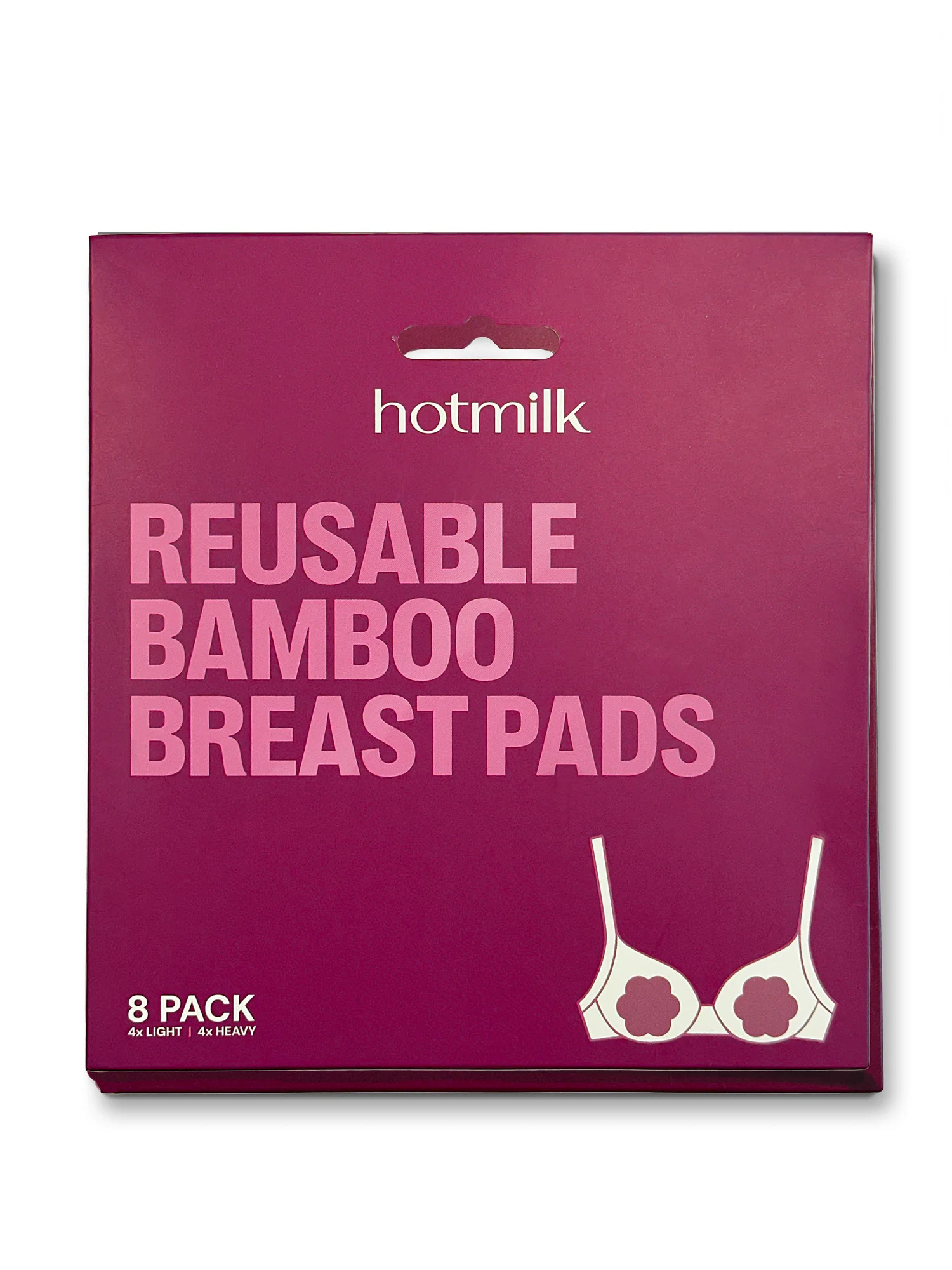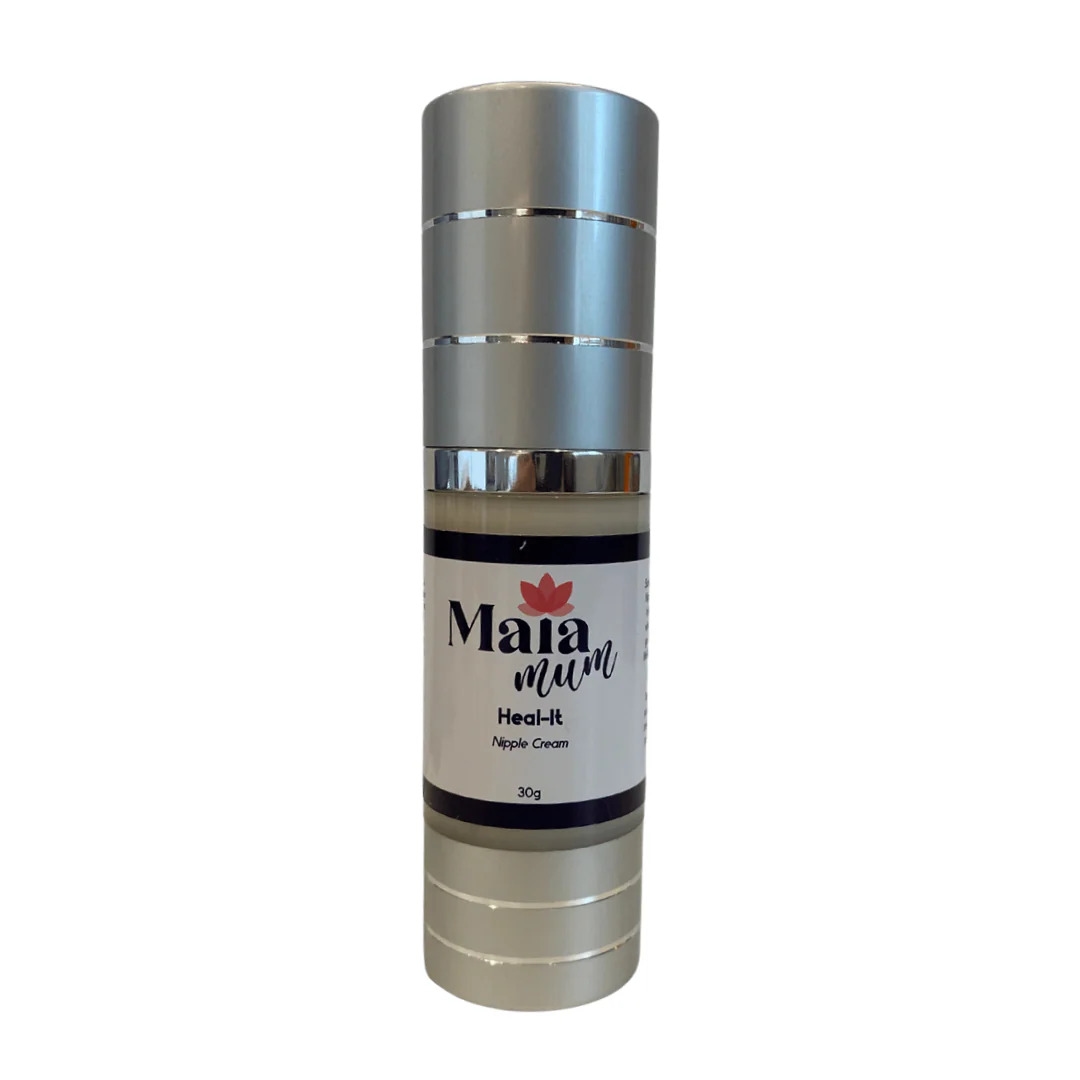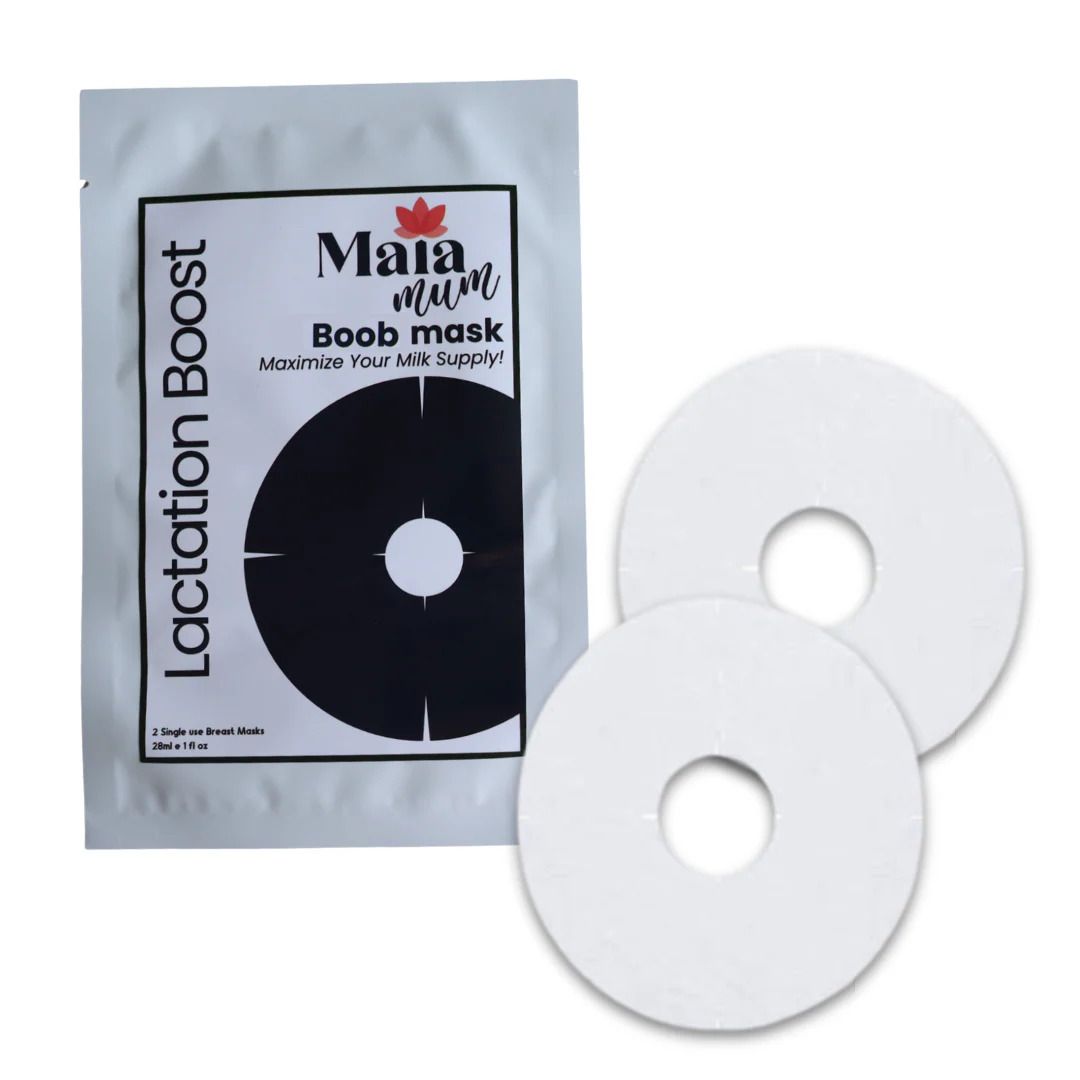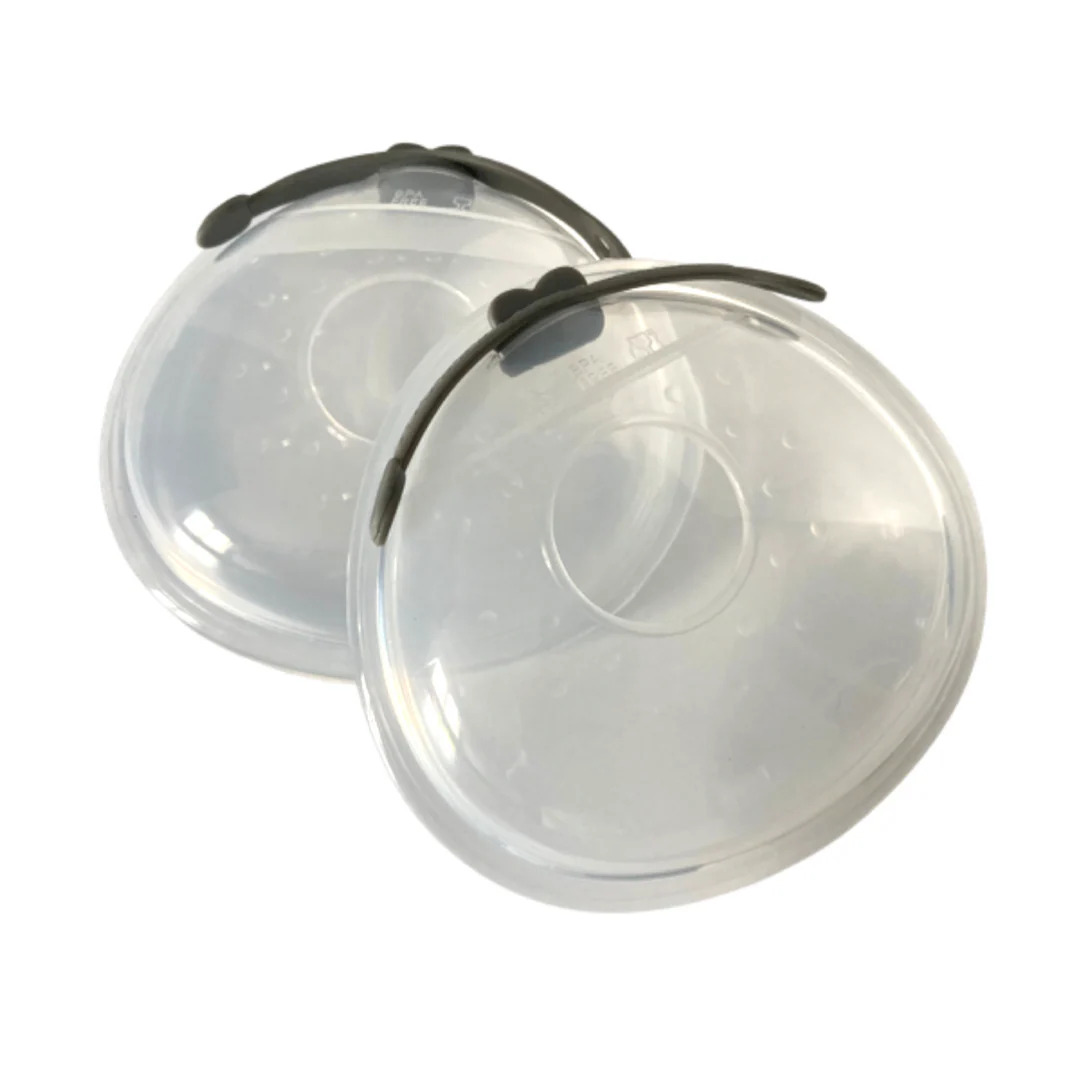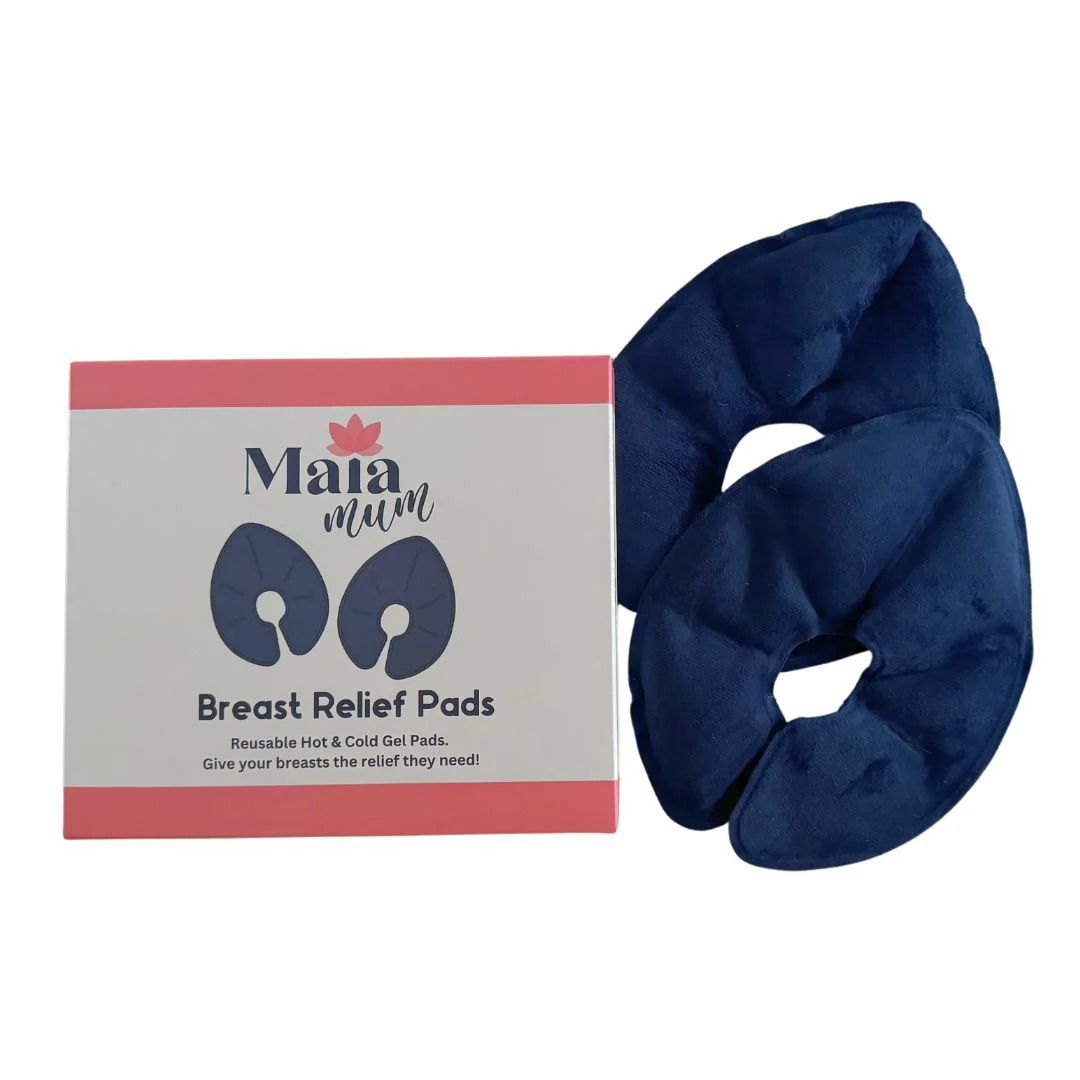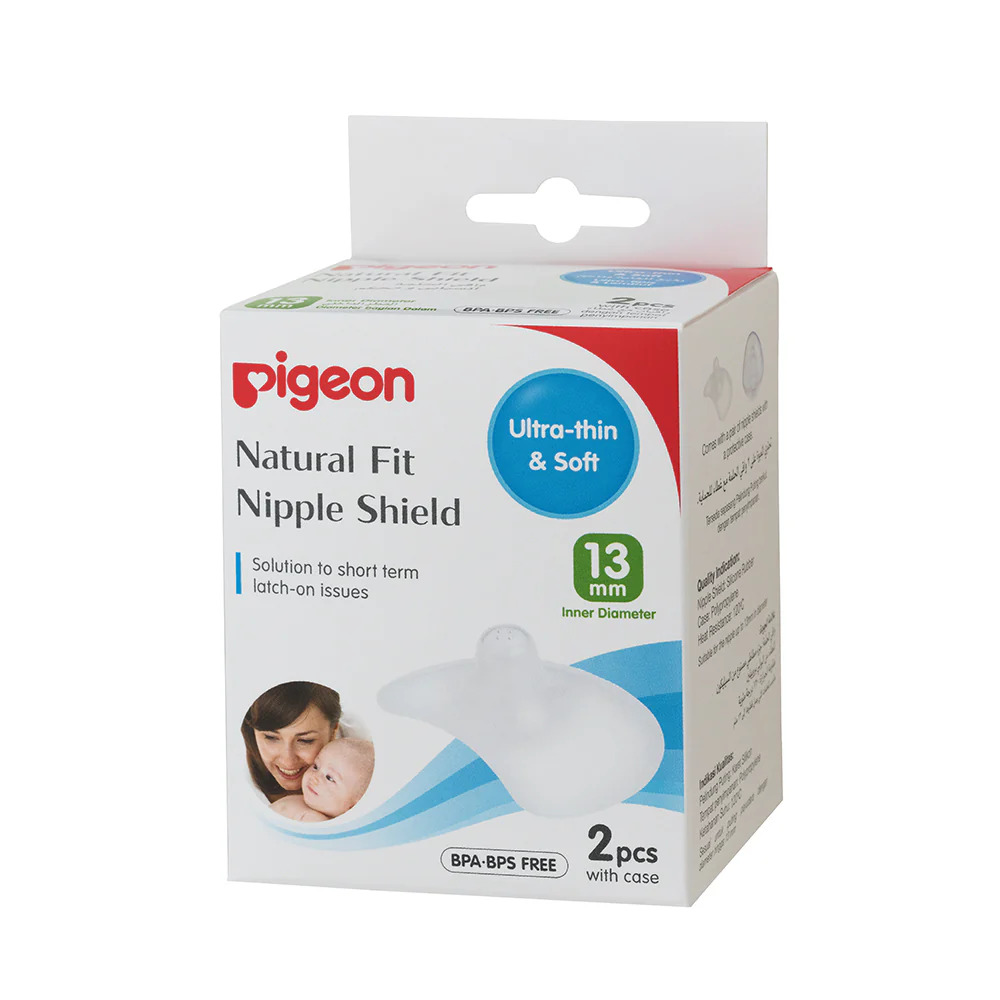Nipple pain
Did you know nipple tenderness is common for the first 7–10 days and peaks between day 3–6? If you are experiencing nipple pain after 14 days, this is not normal and you should seek help.
The most common reason for sore or damaged nipples is an incorrect latch at the breast. Although breastfeeding is natural, it is a learned skill and can take time.
It’s important to get your LMC or LC to check your baby’s mouth and latch to rule out other causes like tongue tie, thrush, infection, milk blebs, or Raynaud’s.
Working out the cause is REALLY important as this can help determine how to correct the pain.
Here are some tips to help:
- Aim for a deep latch – nipple to nose, chin to breast.
- Use nipple cream after each feed in the early days.
- Count to ten after latching – if pain persists, break the seal and try again.
- Try different feeding positions like football hold if you have larger breasts.
- Offer the breast when baby shows early hunger cues.
- Break suction with a clean finger before unlatching.
- Nipple shape should look unchanged post-feed; if lipstick-shaped, aim for deeper latch.
- Keep nipples dry – change breast pads often.
- Wear a good fitting bra.
- Use the lowest pump setting to avoid damage.
- Avoid nipple shields unless advised. Consider nipple rest with expressed breastmilk feeds if pain is severe.
Breastfeeding with a cracked nipple is painful but safe. Bleeding may look alarming but it’s okay to continue feeding, even if blood is seen in vomit or stools.
Latch and Nipple Pain:
- Ensuring a Comfortable Breastfeeding Experience
- A proper latch is crucial to prevent nipple pain and ensure effective milk transfer.
Signs of a Good Latch:
- Baby’s mouth covers both nipple and areola – Chin touches the breast
- No clicking or smacking sounds
If You Experience Nipple Pain:
- Reassess and adjust the baby’s latch.
- Try different breastfeeding positions.
- Consult a lactation consultant for personalized support.
Persistent pain should not be ignored; professional guidance can make a significant difference.
Mastitis
Mastitis is inflammation of the breast that can lead to infection. Symptoms include flu-like feelings, aches, fever, red, shiny, hot, and swollen breasts, and sometimes red streaks. About 20% of women experience mastitis in the first 6 months postpartum.
Tips to manage mastitis:
– Check baby’s latch.
– Continue feeding – start on affected side.
– Express milk if baby won’t feed.
– Use heat before and cold after feeding.
– Vary feeding positions.
– Rest as much as possible.
– Lecithin (1200mg x4/day) may help prevent blocked ducts.
– Discuss anti-inflammatory meds with your GP.
– Wear a supportive, non-restrictive bra.
If symptoms persist for more than 24 hours, or you feel unwell with a fever, contact your LMC or GP. Antibiotics like flucloxacillin are often prescribed. Treatment lasts 5–10 days. Hospitalisation for IV antibiotics may be needed in severe cases.
Milk supply might drop temporarily in the affected breast. Keep feeding frequently. Prevent mastitis by avoiding skipped feeds and tight clothing, and treating lumps or sore spots early. Lecithin supplements may be helpful for those prone to mastitis.
Engorgement
Breast engorgement occurs when breasts are overly full, leading to swelling, firmness, and discomfort. This can make latching harder and may lead to blocked ducts or mastitis if untreated.
Causes of Engorgement:
– Delayed or infrequent feeding.
– Poor latch.
– Missed feeds or sudden weaning.
Signs:
– Swollen, firm breasts.
– Shiny or warm skin.
– Flat nipples.
– Low-grade fever.
Management:
– Feed frequently (every 1.5–2 hrs).
– Prioritize good latch.
– Hand express or pump if baby can’t latch.
– Use reverse pressure softening.
– Warm compress pre-feed.
– Cold compress post-feed.
– Consider pain relief (check with your provider).
Seek help if pain or swelling persists, or if symptoms of infection appear. Early support helps prevent complications and keeps breastfeeding on track.
Oversupply or Low Supply Management
Balancing Your Milk Supply:
Both oversupply and low supply can present challenges in breastfeeding.
Managing Oversupply:
– Feed on one breast per session to reduce stimulation.
– Use laid-back breastfeeding positions.
– Avoid pumping unless necessary.
Boosting Low Supply:
– Increase feeding frequency.
– Ensure effective latch and milk transfer.
– Stay hydrated and maintain a balanced diet.
– Seek support from a lactation consultant.
Monitoring your baby’s weight gain and diaper output can provide insights into milk intake.




